PhotoRobot Centerless Table CL1300 & CL850 User Guide
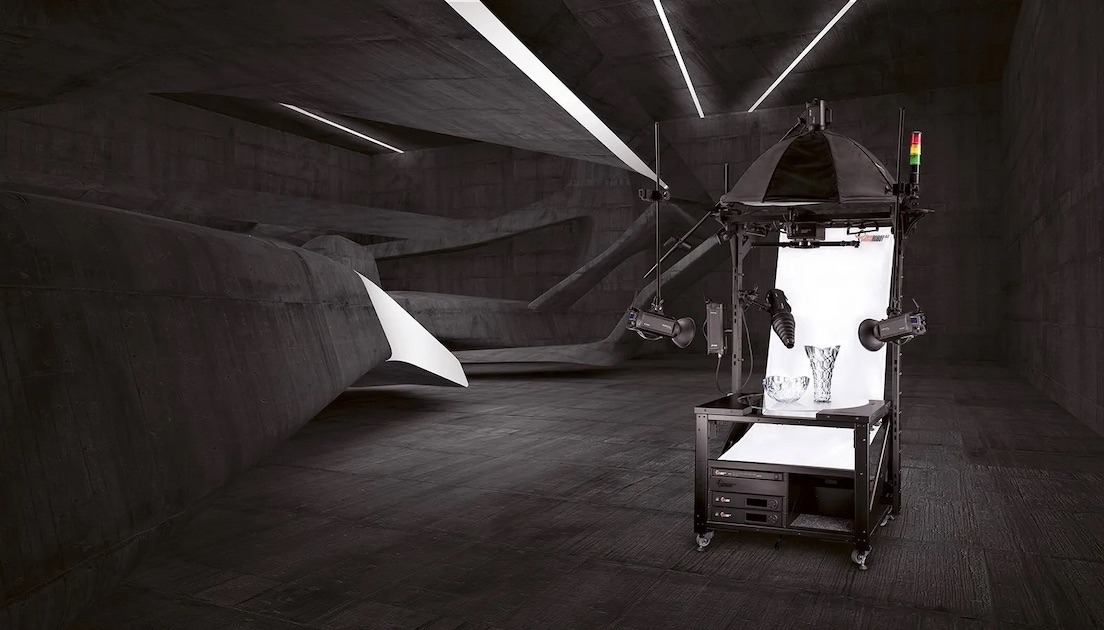
The following PhotoRobot Centerless Table CL1300 and CL850 User Guide aims to support customers who have recently purchased a device. There is a device overview for the CL1300 and CL850 turntables, including detailed information on the main components of each device, and instructions for first use and setup. This information helps to facilitate the initial understanding, basic testing, and operation of PhotoRobot.
Important: The initial installation of a PhotoRobot system must always be carried out by an authorized PhotoRobot authority. Authorities with authorization to install PhotoRobot are an approved distributor, or a representative of the manufacturer itself.
Note: Always refer to PhotoRobot Safety Information & Instructions in addition to the manual provided specifically with your device before first use.
Centerless Table CL1300 & CL850 Turntable Modules
Congratulations and thank you for your purchase of the PhotoRobot Centerless Table! PhotoRobot represents decades of first-hand experience and innovation in automated photography. Not only that, each system is tailorable to your business’ unique needs, while at the same delivering an entire ecosystem of ready-made solutions for PhotoRobot customers. This means that whenever you power-up PhotoRobot, you can rest assured you will achieve impressive results – easily, quickly, and consistently in every session. Welcome to PhotoRobot.
1. Robot Description - Centerless Table CL1300, CL850
The PhotoRobot Centerless Table is available in two models: the larger CL1300, and the smaller CL850. In comparison, the CL1300 has a larger frame to accommodate interchangeable plates of two different sizes: 1300 mm diameter, and 850 mm diameter. This allows for the use of either size plate to support products of various sizes.

Meanwhile, the CL850 is more compact with a smaller frame that supports only one size plate: the 850 mm diameter. Otherwise, the CL1300 and CL850 share mostly identical technology components and features.
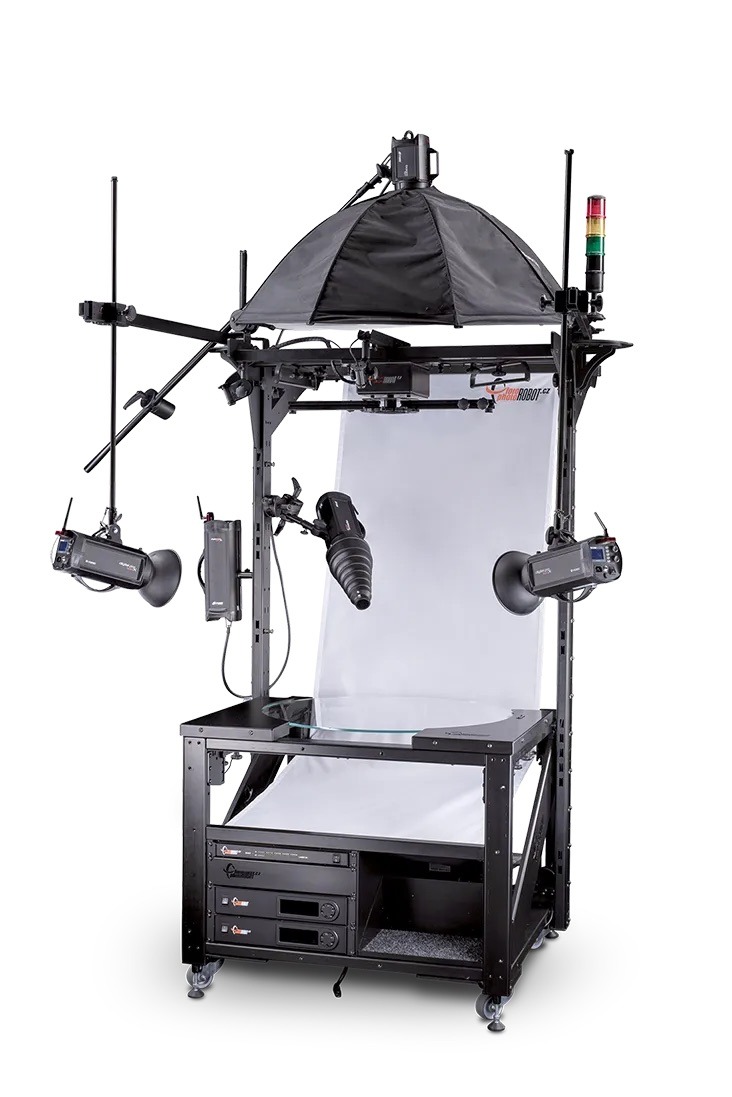
Key technological components and features of the PhotoRobot Centerless Table include:
- Optical turning glass plate for shadow-free image capture.
- Calibration of the positioning system at the touch of a button.
- Setup of objects to the center of rotation with laser-guided positioning.
- Close-up functionality for photographing partially or fully magnified objects.
- Tidy construction with lights on holders and no cables on the ground.
- Carriage wheels for effortless transportation within the studio.
- Large adjustable legs for setting up a precise working plane.
1.1. Studio Integration - Centerless Table CL1300, CL850
The Centerless Table is a universal photography turntable solution for shadow-free product photography of small to medium size products. It aims to accelerate, streamline, and simplify photography of objects with any photographic properties: transparent, glossy, light, and dark products. The turning glass plate is able to stage objects the size of an earring up to luggage, while a diffuse background enables lighting objects from all sides during photography. This naturally creates high-quality photos on a pure white background. It also supports the quicker, automated post-processing and publishing of images.
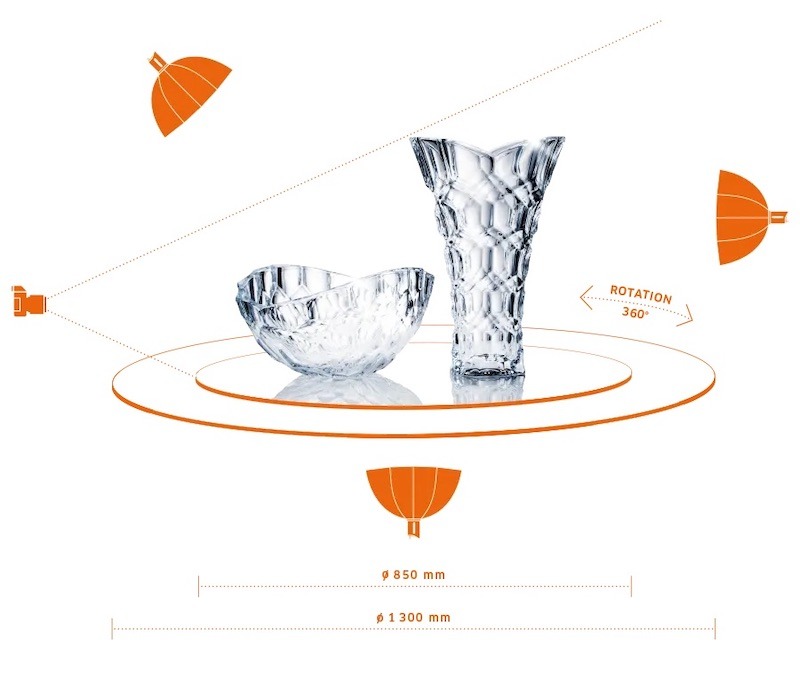
1.2. Main Components of the Centerless Table
1.2.1. The only difference between the CL1300 and CL850 is the width of the frame of the machine body. Note that the wider variant represents one of the largest photography turntable workstations available on the market. This is thanks to the larger model’s 1300 mm diameter working turntable area, and a load-bearing capacity of up to 40 kg.

1.2.2. Both versions of the Centerless Table feature a rotating glass plate that fits into the top center of the device frame. There are then adjustable feet at the bottom of the machine for setting up a precise working plane.

1.2.3. The Control Unit of the Centerless Table is physically installed inside of the dedicated PhotoRobot HD rack in the front bottom-left shelf of the machine frame. Note that the Control Unit is an integral part of the device. It powers up and controls all movement of the device as well as compatible PhotoRobot robots used for spin photography, such as the Robotic Arm, MultiCam, and Cube robots.
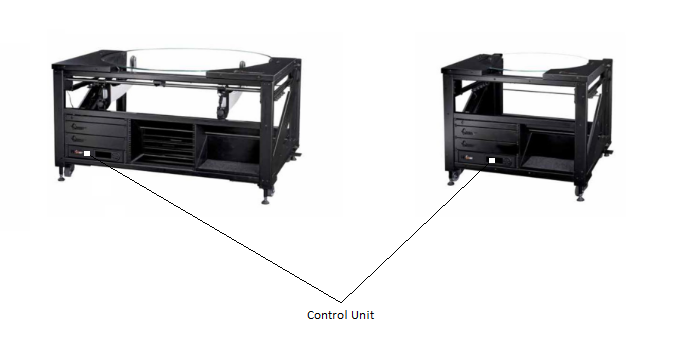

1.3. Optional Robotic Arm V8 Expansion
The PhotoRobot Robotic Arm V8 expansion is compatible with the Centerless Table CL1300 and CL850 models. This is in addition to the Arm V8 compatibility with the majority of PhotoRobot rotary turntables and devices for automated 360 photography. That includes compatibility with the Cube, the Turning Platform, C-Class turntables, and other PhotoRobot systems.
If using a CL1300 or CL850 with the Robotic Arm V8 expansion, refer to the Robotic Arm V8 User Manual for technical instructions on assembly, operation, and first use of the device.
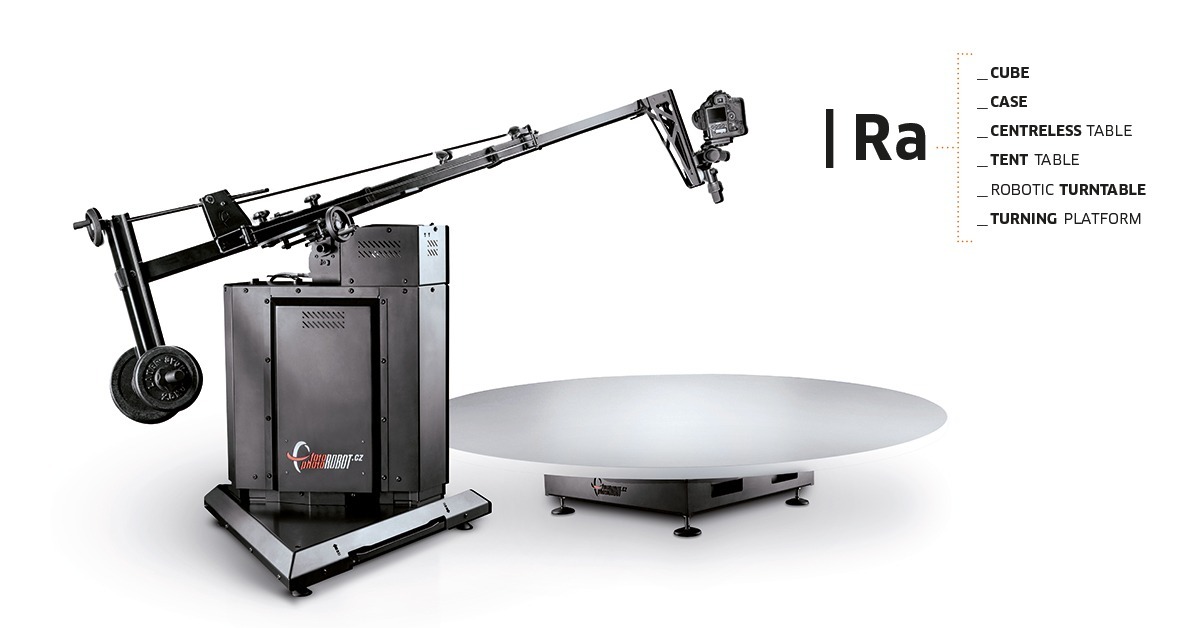
1.4. Optional Cube Robot Expansion
If using the optional PhotoRobot Cube expansion with the Centerless Table, first refer to the PhotoRobot Cube User Guide for an overview of the device, including instructions for assembly and first use.
Note: In combination with the Centerless Table, the PhotoRobot Cube is mounted to a top portal in suspension mode over the turntable. This allows for suspending products in air, such as handbags, chandeliers, light fittings, and objects weighing up to 130 kg. The device synchronizes the rotation of the item, the movement of the turntable, lights, camera capture, and other robots such as the PhotoRobot Robotic Arm.
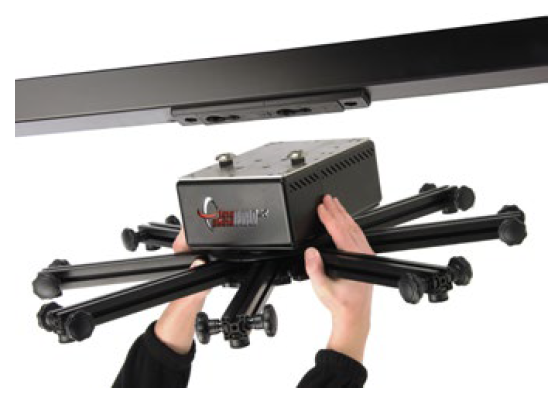
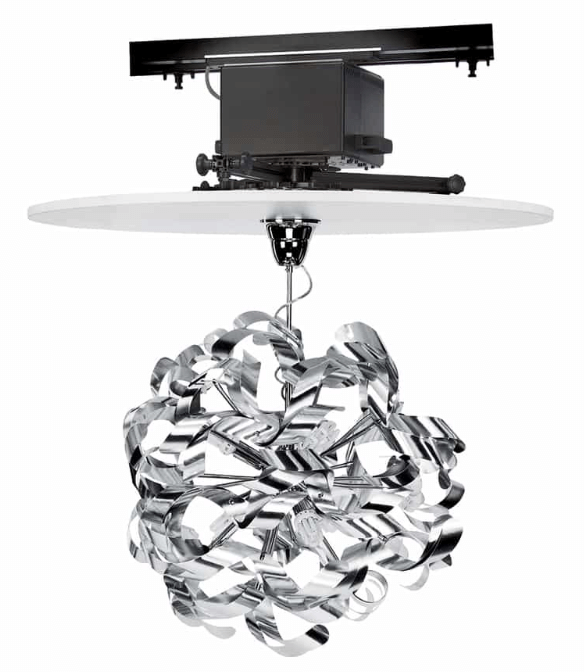
2. Before First Use of the Centerless Table
Prior to first use of the PhotoRobot Centerless Table, it is necessary to understand that PhotoRobot is a modular unit consisting of hardware and software components. From a technical perspective, this requires PhotoRobot to connect over the same network as a computer operating it. Further, the network must have an internet connection in order to run PhotoRobot services, which are accessible in the cloud.
Important: Always refer to PhotoRobot First Use & Basic Testing to confirm technical operating requirements, and for detailed instructions on connecting PhotoRobot to a network.
In general, the following basic operating requirements then exist.
- The Control Unit must connect to the local network.
- A computer is necessary to run Service GUI or the operator’s software called _Controls.
- The computer must connect over the same network as the Control Unit.
- There must be a functional internet connection on the network.
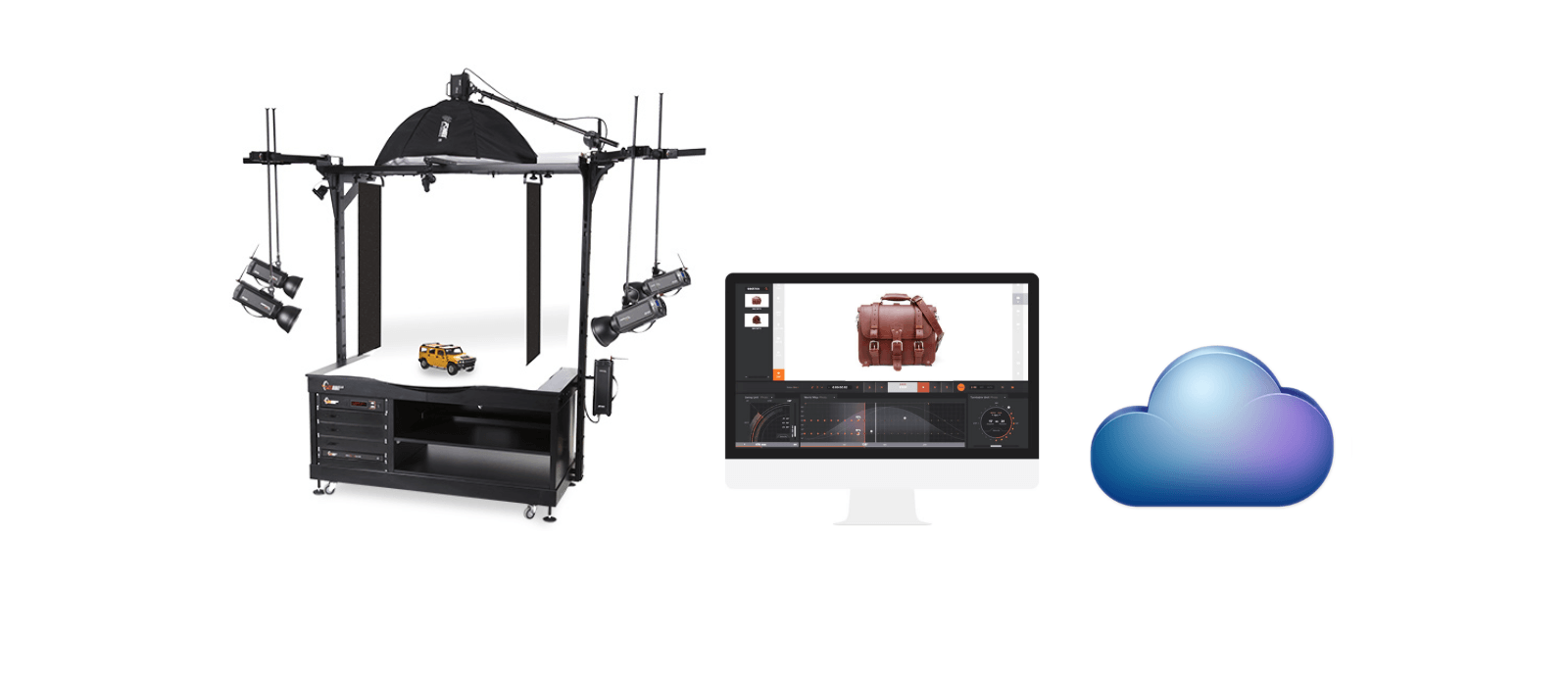
Additionally, after connecting PhotoRobot to the network, it is necessary to check the electricity distribution system parameters (e.g. voltage and frequency). To do this, use the RJ45 connector on the back of the Control Unit. If the setup of the Control Unit is not in compliance, set it up by locating the manual voltage selector on the back of the Control Unit. Then, connect the Control Unit to the network via ethernet cable using the RJ45 connector.

Then, it is necessary to meet the following network configuration requirements for operation of the Centerless Table.
- A DHCP server in the network is mandatory.
- TCP ports 7777, 7778 communication must be allowed.
- UDP broadcasts on port 6666 must be allowed.
- Internet connection is mandatory.
- *.photorobot.com access must be allowed.
- as-unirobot.azurewebsites.net access must be allowed.
- Wired connection of PhotoRobot to LAN is recommended.
- Refer to PhotoRobot Networking Prerequisites & Configuration to confirm proper setup and for troubleshooting as necessary.
- Connect the power plug to the power socket.
In the end, press the mains switch on the Control Unit. When the status changes, the light will change from a blinking to a steady light, signaling the Control Unit is ready for operation.
2.1. Find PhotoRobot’s IP Address on LAN
In order to find the IP address of the Centerless Table or any PhotoRobot device, use the following supporting applications to search the network for PhotoRobot.
- Windows - frfind for Windows
- Mac OS X - frfind for macOS
- Android - PhotoRobot Locator in Google Play
- iPhone, iPad - PhotoRobot Locator on iTunes
Note: After locating a PhotoRobot device using a supporting application, copy the IP address. Then, paste PhotoRobot’s IP address into any web browser in URL format. If successful, the Service GUI will launch, which will display a basic user interface for testing PhotoRobot.
2.2. Run Basic Testing for the Centerless Table
After opening the Service GUI, use the simple user interface controls to first power the motor on, and then to turn the platform to any desired angle.
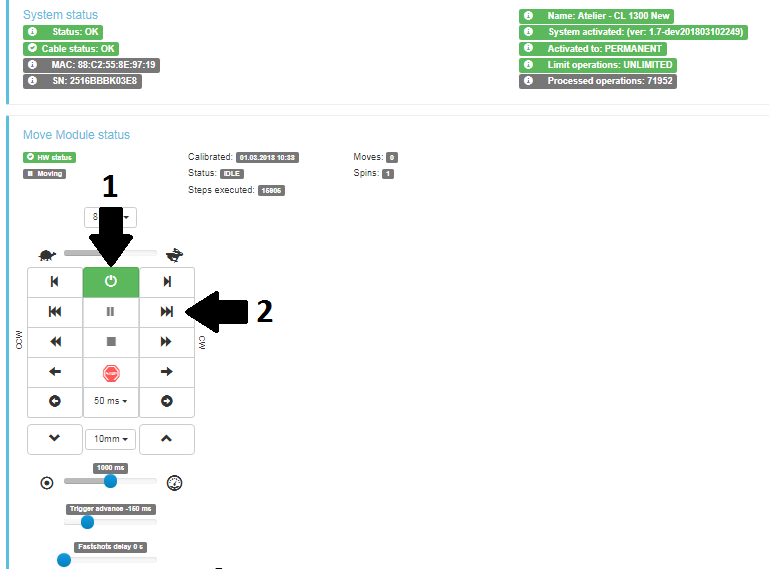
- Turn on the engines (arrow 1), try to rotate (arrow 2).
- If the glass plate rotates, your PhotoRobot Centerless Table device is ready for regular operation.
3. PhotoRobot _Controls Software
The software PhotoRobot Controls App (“CAPP”) provides full control of the Centerless Table CL1300 and CL850, and other PhotoRobot devices. CAPP integrates control over robots, cameras, studio lights, and post production. This includes workflow management features as well as the necessary functionality for effective automation in post-processing.
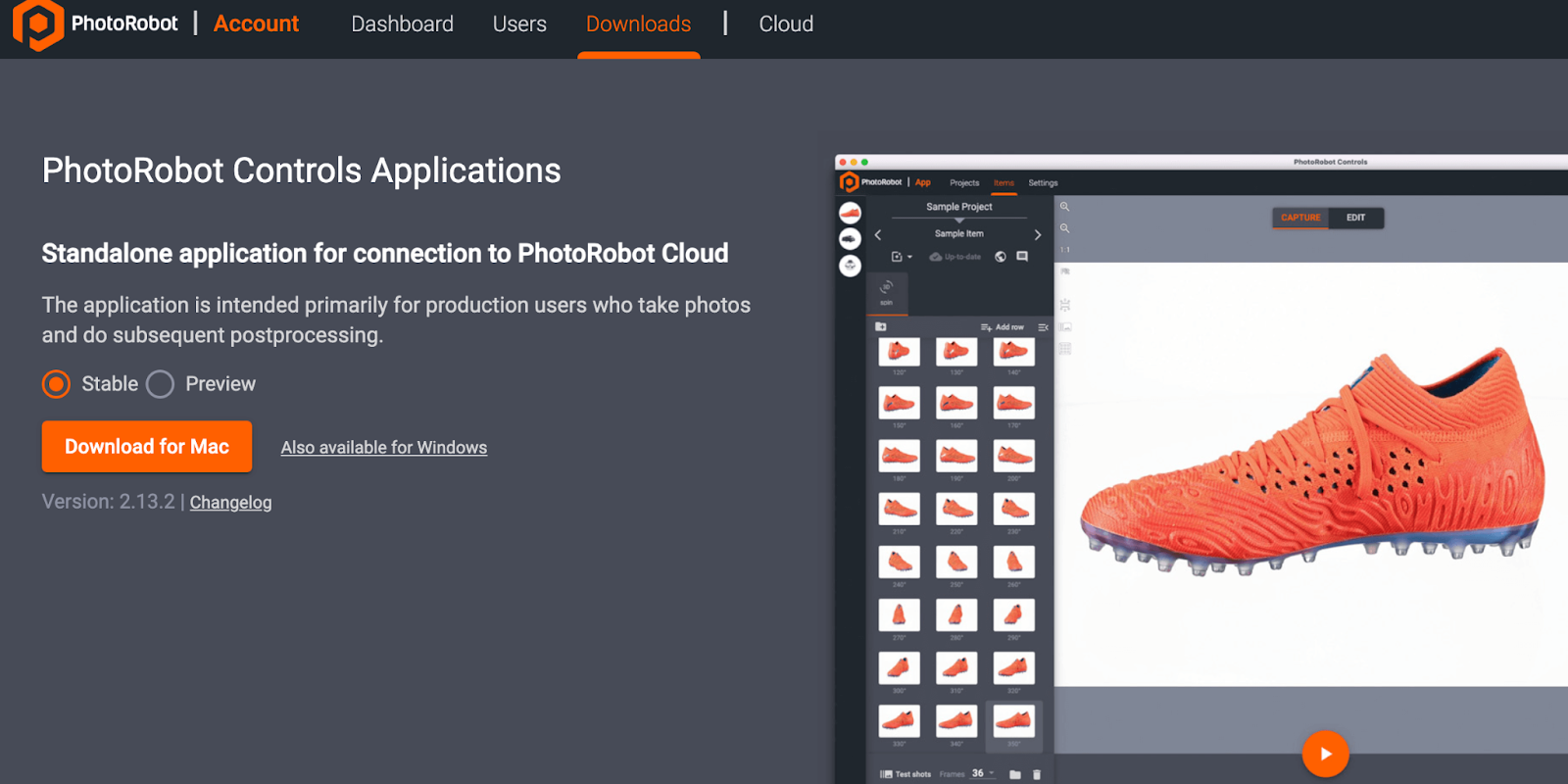
Important: Be aware that the software PhotoRobot Controls App is not part of the machine delivery; it is a separate purchase from the device. Download of PhotoRobot Controls App is accessible via your PhotoRobot Account.
Note: On start-up after installation, mind that the interface may automatically start in “wizard mode”. Wizard mode is a simplified user interface which allows for only scanning barcodes to identify objects and begin the capture and post-processing sequences automatically.
For detailed instructions and support on the installation and use of PhotoRobot Controls App Software, refer to the PhotoRobot Getting Started User Manual.
4. INFORMATION LABELS
4.1. Symbols Overview

4.2. Machine & Component Labels
For information labels for specific machines and components, refer to the section Information Labels (3.1.) from PhotoRobot Safety Information and Instructions.

The Canon EOS Rebel Series offers beginner-friendly DSLR cameras with solid image quality, intuitive controls, and versatile features. Ideal for photography enthusiasts, these cameras provide reliable autofocus, vari-angle touchscreens, and Full HD or 4K video recording.
Connection
Resolution (MP)
Resolution
The Canon EOS DSLR Series delivers high-quality images, fast autofocus, and versatility, making it ideal for both photography and video production.
Connection
Resolution (MP)
Resolution
The Canon EOS M Mirrorless Series combines compact design with DSLR-like performance. Featuring interchangeable lenses, fast autofocus, and high-quality image sensors, these cameras are great for travelers and content creators seeking portability without sacrificing image quality.
Connection
Resolution (MP)
Resolution
The Canon PowerShot Series offers compact, user-friendly cameras for casual shooters and enthusiasts. With models ranging from simple point-and-shoots to advanced zoom cameras, they provide convenience, solid image quality, and features like image stabilization and 4K video.
Connection
Resolution (MP)
Resolution
The Canon Close-Up & Handheld Cameras are designed for detailed, up-close photography and video. Compact and easy to use, they offer precision focus, high-resolution imaging, and versatile macro capabilities—perfect for vlogging, product photography, and creative close-ups.













